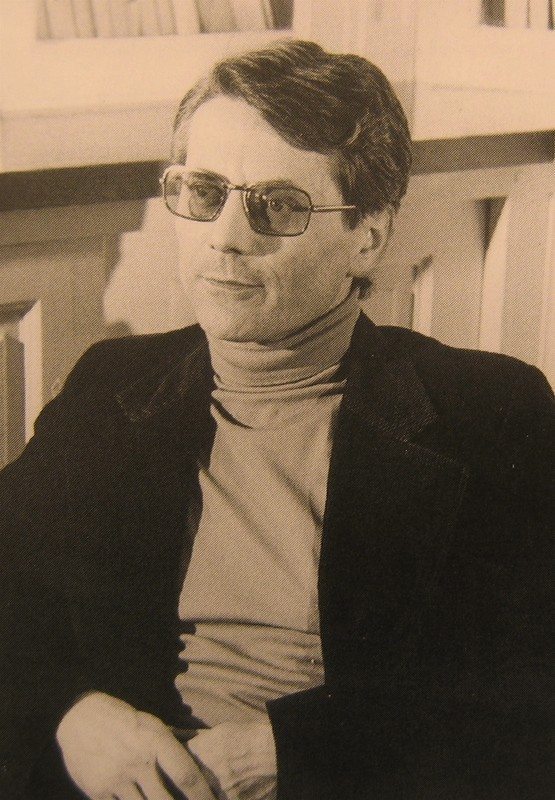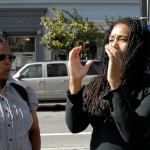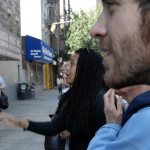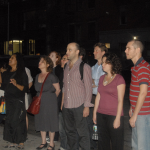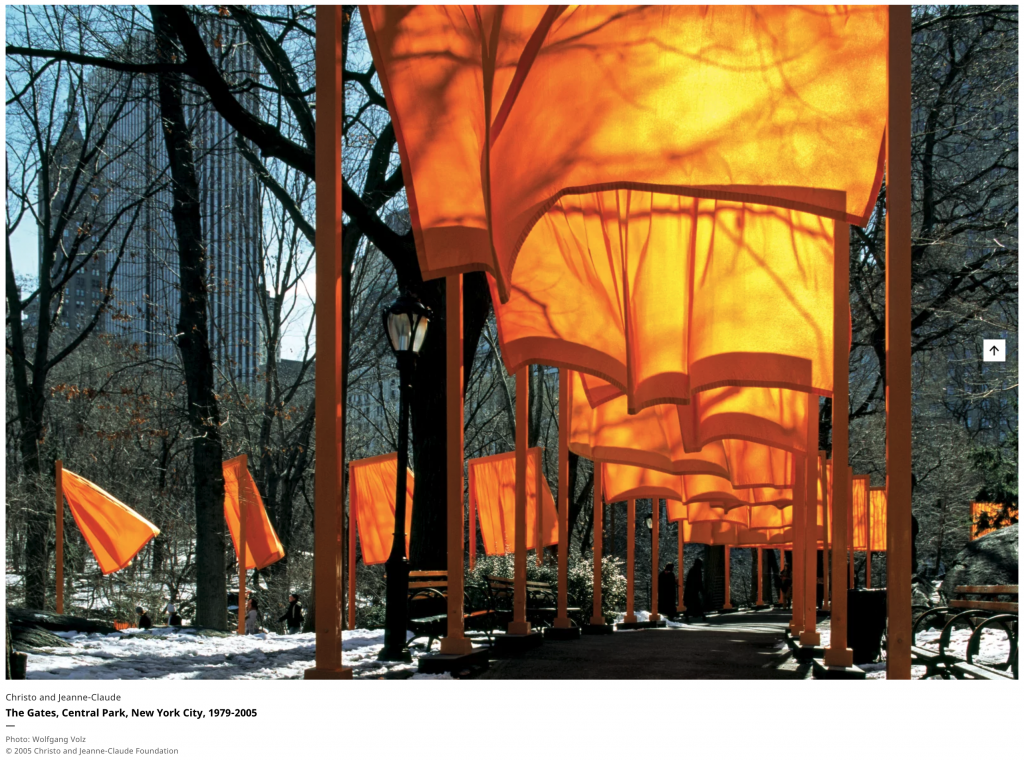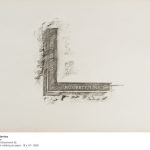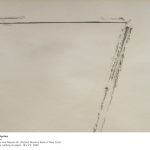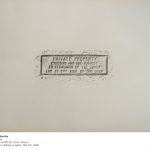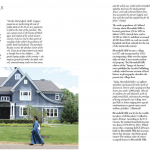Tim Brennan performing his ‘Vedute’ Manoeuvre outside the Gervasuti Foundation on 01/06/2011 as part of ‘The Knowledge’ exhibition at the 54th Venice Biennale, curated by James Putnam, assistant curator Eiko Honda
“This performance and publication formed an aspect of the Exhibition ‘The Knowledge’ (a group exhibition of international artists curated by James Putnam) exhibited in the 54th Venice Biennale at Gervasuti Foundation. Brennan was specifically interested in the idea of the physical and psychological ‘view’ of an environment and how it might affect our knowledge of a place. This is especially pertinent to Venice when one considers the development of Venetian art. Canaletto was an exponent of what was to become known as ‘Veduta’ – a view painting (Plural: Vedute).
Brennan adopted a number of Canaletto images of St. Marks Square as way-markers to form the spine of a route to be walked by participants. The walker utilized a collection of view-cards (15x8x6” in all) each of which presents a different Canaletto (reproduction) view of the Palazzo. The reverse of each view-card carries a quotation that contrasts that of Caneletto’s image whilst keying into the City’s fictional and factual past. (e.g.the Camponile/bell tower is coupled with a Marinetti quote relating to the Futurist manifesto being launched from the site in 1910).
‘Vedute’ has been performed on several occasions by groups to tour St. Mark’s Square
This involves them reading the cards aloud. The periods of travel between each station enables conversational exchanges, attention to the built environment and everyday phenomena. In this way the artwork sucks the ‘everyday’ into its framework.
A performance at the opening of ‘The Knowledge’ involved Brennan orchestrating participants to read from the cards aloud whilst being transported on a workman’s barge” [credit]
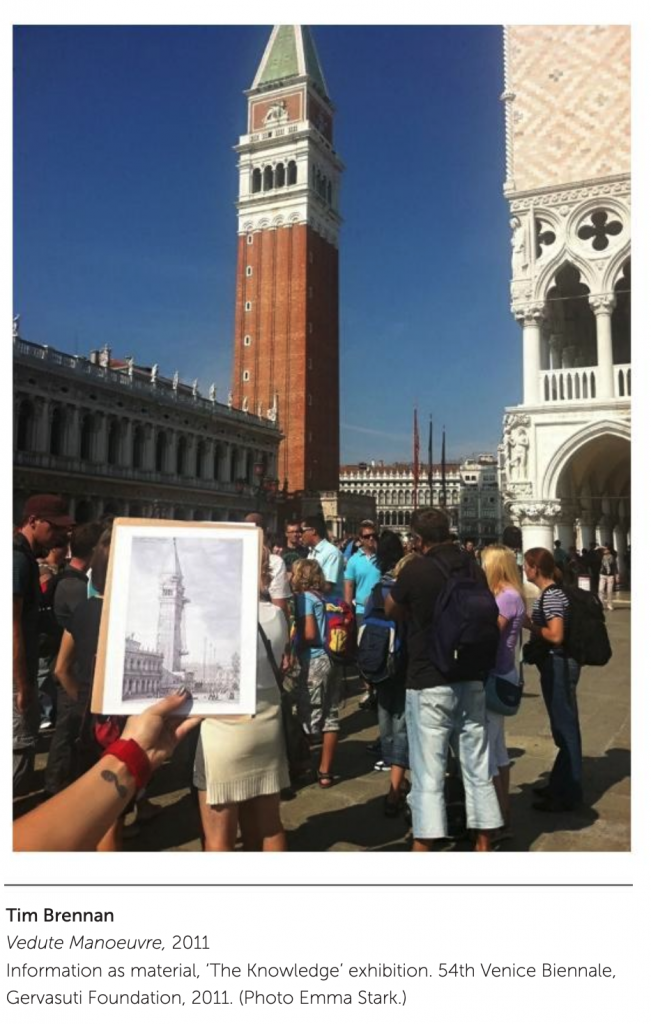
Tim Brennan – Vedute Manoeuvre (2011)
“Tim Brennan’s performance-led practice has been based around walking for over two decades. He has created over forty major works, which have ranged from a re-walking of the Jarrow March entitled, ‘Crusade’ to what might be described as guided tours concerning subjects and locations, from all of the angels on display in the British Museum (‘Museum of Angels’) to St Mark’s Square in Venice (‘Vedute’). Brennan has created such cultural counter-histories for both elevated and unexpected situations by inhabiting received stories as well as forging wholly new ones.
More recently, he has examined the idea of Northumbria as a distinct cultural region, walking through and photographing the territories defined by that ancient term. This broadened into an investigation of ‘the idea of North’, as colleague Peter Davidson has described it. In 2012, Brennan created a digital guided tour for the Durham Miners Gala, to be followed from one’s phone or mobile device.
In ‘Walk On’, Brennan presents several works including his longest completed walking work, ‘Vedute Manoeuvre’, and ‘iAmbic Pedometer’, a durational iPhone video that records his walking through Sunderland with semi-coherent mumblings that refer to both Wordsworth’s compositional strategy and to the sonic poetry of Kurt Schwitters.
Brennan’s current project – one might almost call it a campaign – entitled ‘Roman Runner’ involves the artist envisaging running the entire circumference of the Roman Empire. To date, he has traversed Hadrian’s Wall and the Antonine Wall as ultra-marathon manoeuvres. He also presents a compendium of his publications and guide books. Publishing, in tandem with walking, have been critical components of Brennan’s practice throughout his career. The two are inextricably bound together in his oeuvre.” [credit]

